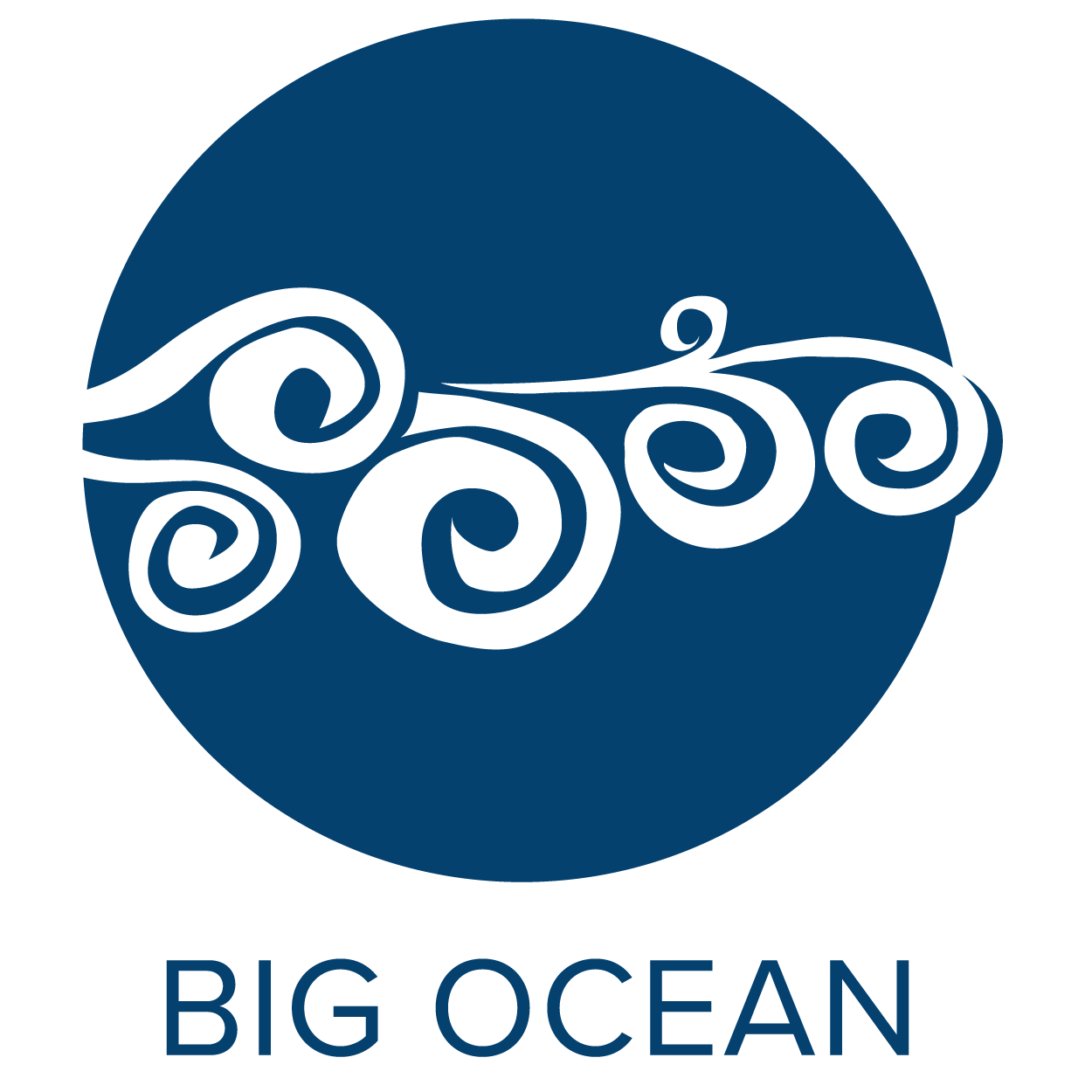Big Ocean turns 10!
When Big Ocean launched as a network on 6 December 2010, the founding six sites represented all of the established, Large-Scale MPAs (LSMPA) globally at that time. These sites collectively represented the beginnings of what is now a legitimate and vital genre of marine conservation. "Ultimately, the management teams' willingness at these early-adopter sites to dream big and innovate has pushed the growth of the field globally," said network coordinator Naiʻa Lewis.
As we celebrate Big Ocean's 10th Anniversary, the field itself has grown almost six-fold, with more than 30 LSMPAs worldwide. These sites are at various stages of maturity, with the majority being less than five years old. Emergent and proposed LSMPAs are also waiting in the wings. An example is a recent announcement on 25 November 2020 by the government of Tristan da Cunha to protect 90 percent of the territory's waters in perpetuity.
6 December 2010. Managers and patterns from the six largest marine managed areas worldwide gathered in Honolulu to launch Big Ocean.
"Big Ocean’s foundation has and always will be relationships; those between people and people and place," said ʻAulani Wilhelm, former Superintendent for Papahānaumokuākea Marine National Monument, founder of Big Ocean, and current lead for Conservation International’s Center for Oceans. "The fact that Tristan da Cunha will create the largest Atlantic Ocean MPA is significant, but the real story is its people. Their commitment to sustainably utilize 10 percent of their marine waters while setting aside 90 percent from extraction in service to the planet and humanity is nothing short of heroic."
Since 2010, Big Ocean managers and their science and community partners have contributed significantly to the field and assisted future managers. From dozens of collaborative articles and the only research-agenda for large-scale MPAs, to co-publishing Large-Scale Marine Protected Areas: Guidelines for design and management with IUCNs Large-Scale MPA Task Force, the network is committed to increasing the inventory of and access to capacity-building resources for managers and practitioners globally.
In light of the total number of LSMPAs, the need for and relevance of Big Ocean has only increased; however, the challenges of marine conservation at-scale have changed. What was once an issue of too few sites to create a groundswell of support for the experts working and leading the field has become one of more sites than experts.
Ironically, it may be that in its second decade, Big Ocean can achieve its full potential by helping to grow the field through best-practice management tools and approaches. As the network develops new strategies to support managers, those involved in its planning team are already turning their sights towards a new horizon.
"The scale of LSMPAs is what they have in common, but their management priorities, challenges, and needs can be very diverse," said Jon Day, a long-time practitioner for planning and managing LSMPAs and a former Director with the Great Barrier Reef Marine Park Authority. "Now that we have set a foundation for best-practice, we need to engage a broader array of management teams to keep in touch with emerging trends and innovate accordingly."
The 10th-anniversary celebration initially planned for the 2020 World Conservation Congress has had to be postponed due to the pandemic. However, the network is taking these delays in stride by developing strategies that help managers and practitioners maintain the ability to share lessons learned and leverage resources and expertise. "You canʻt replace in-person connection," said Lewis. "However, Big Ocean and LSMPA management teams, more broadly, are comprised of people willing to adapt, think out-of-the-box, and innovate whenever necessary. Our momentum may have slowed in 2020, but our sights are clearly on the possibilities and potential of the coming decade."
To celebrate 10-years of “thinking big,” the network has chosen to create a podcast series called How To Save and Ocean. The show celebrates and amplifies the work of a wide array of colleagues, practitioners, and partners as well as all-around ocean lovers to share messages of change, hope and innovation so that we can better care for our lands and waters. Many of the guests have also been instrumental in Big Ocean’s development. To listen, click here.

